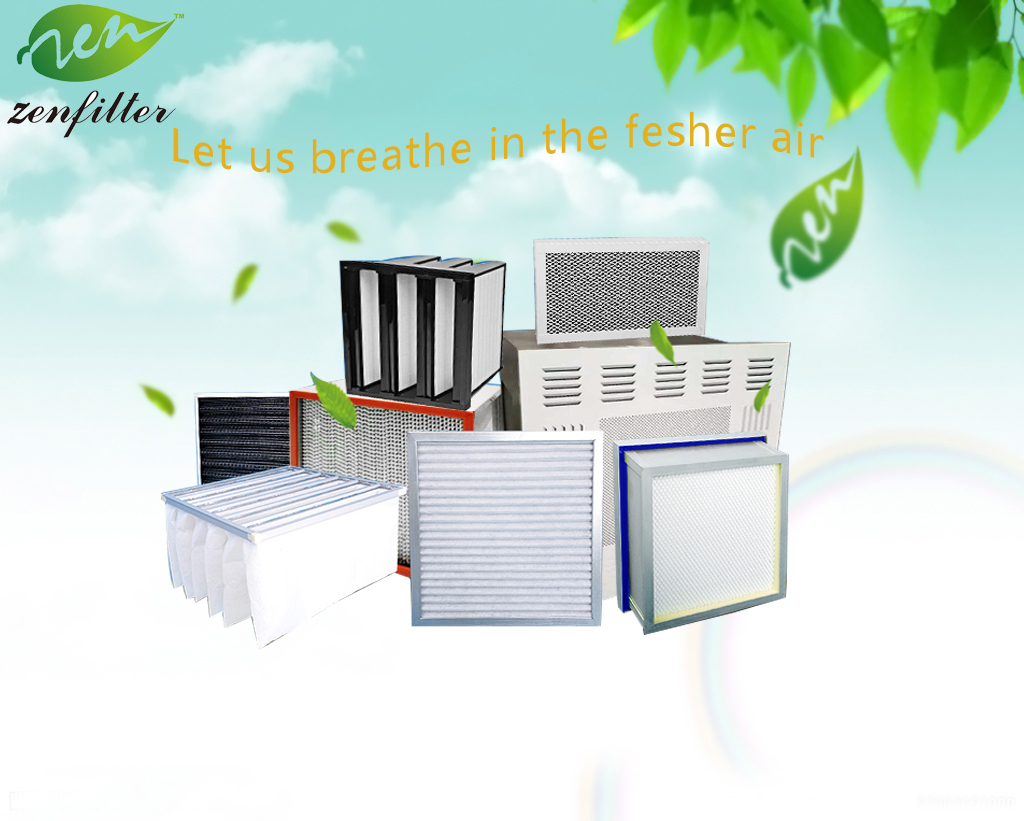Air filters are silent sufferers – no one thinks about them because they usually don’t break or make noise. Yet, they’re an important part of your HVAC system – not only helping keep your equipment clean and free of debris, but also helping to keep indoor air clean by capturing particles like dust, pollen, mold spores and animal dander.
Like any filter, they should be changed regularly – every 1 to 3 months. Spring is an ideal time to replace them because long weeks of winter weather, mean closed homes and recirculated air that becomes especially full of dust and debris.
Getting the right filter
Different equipment requires different filters, and there are also types of air filters which serve different purposes.
Lower cost air filters
- Washable filters, like their name states, can be washed and reused. This is their main advantage. However, they have a low MERV (Minimum Efficiency Reporting Value) rating because they are designed to protect from large dust particles, but not pet dander, bacteria, or smoke. If they are not meticulously maintained, they can even accumulate extra fungi and bacteria.
- Fiberglass filters are not reusable, but they are inexpensive and easy to replace. They have a lower MERV rating as well and are designed more to keep your air conditioner clean than your indoor air clean.
Higher performance air filters
- Pleated and polyester filters are similar to fiberglass filters but have a much higher MERV rating. Where fiberglass filters remove less than 10 percent of indoor irritants, pleated/polyester filters remove up to 85 percent. They are especially good for catching dust particles.
- HEPA filters are the most expensive filters because they remove over 99 percent of irritants in the air and are especially good for people with severe allergies or for use in hospitals.
Post time: Aug-21-2020
